
Designed for use in saline contrast echocardiography, the ASI-02 modality is currently being evaluated in a multicenter, randomized trial for patients undergoing transthoracic echocardiography (TTE).

Designed for use in saline contrast echocardiography, the ASI-02 modality is currently being evaluated in a multicenter, randomized trial for patients undergoing transthoracic echocardiography (TTE).
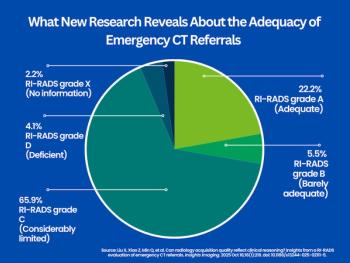
In a review of nearly 1,300 emergency referrals for computed tomography (CT) scans, approximately 28 percent were deemed to have adequate requisition quality according to a RI-RADS analysis.
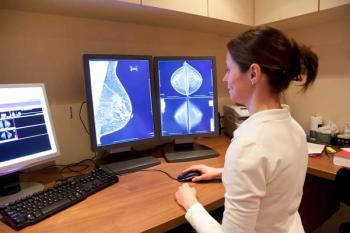
Noting an increased incidence of false negatives in screening and diagnostic mammography, researchers found that a personal history of breast cancer was associated with over a 3.6-fold higher likelihood of false negatives.

Use of the radiotherapeutic agent 177Lu-edotreotide (ITM-11) demonstrated significantly higher absorption in gastroenteropancreatic neuroendocrine tumors than normal organs along with a favorable safety profile, according to SPECT research recently presented at the European Association of Nuclear Medicine (EANM) conference.
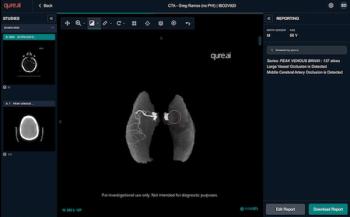
Facilitating timely triage, the qER-CTA software enables AI assessment of the internal carotid artery and M1 segment of the middle cerebral artery for possible large vessel occlusions (LVOs).
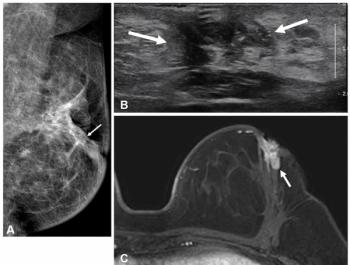
Pre-op breast MRI was associated with a 12.5 percent reduced 5-year cumulative incidence of recurrence for patients who underwent surgery for hormone receptor-negative cancer, according to newly published research.

In a recent interview, Deepa Sheth, M.D., discussed the rising incidence of breast cancer, key considerations in supplemental imaging for women with dense breasts and use of the CIVIE RadPod platform to facilitate consistent quality and imaging reads by fellowship-trained breast radiologists.
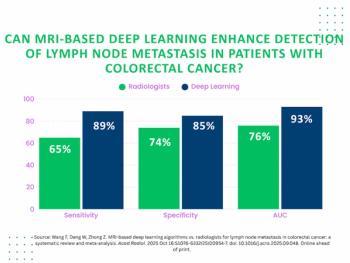
Deep learning assessment of MRI offered a 24 percent higher sensitivity than radiologist interpretation for detecting lymph node metastasis in patients with colorectal cancer, according to a new meta-analysis.

Through the use of a multimodal system, Viz Assist provides generative AI summaries of patient histories that may ehance care coordination and facilitate more timely interventions.

Pluvicto in combination with the standard of care led to a 28 percent reduction in the risk of radiographic progression or death in patients with metastatic hormone-sensitive prostate cancer (mHSPC), according to results from the phase III PSMAddition trial presented at the European Society for Medical Oncology (ESMO) conference.

Seemingly over the top efforts for recredentialing of radiologists may have an adverse impact on a facility’s retention and recruitment.

Catch up on the top radiology content of the past week.

The iron-based brain MRI contrast agent Ferabright (ferumoxytol injection) is indicated for adult patients with known or suspected malignant neoplasms.
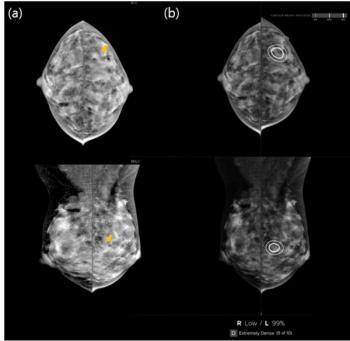
Concordant mammography detection of breast cancer by radiologists and AI had over a threefold higher likelihood of future incidental breast cancer in comparison to positive radiologist assessment and negative AI evaluation, according to new research involving over 82,000 women.

The AI-enabled LungQ® 4 software reportedly offers enhanced segmentation of peripheral airways and estimates of chronic perfusion deficits based on analysis of chest CT scans.
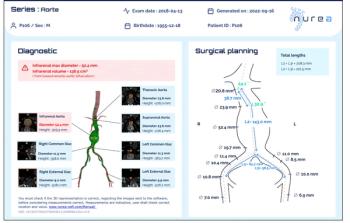
Facilitating timely detection and follow-up management of patients with aortic aneurysms, the PRAEVAorta2 software reportedly enables automated measurement of aortic diameters on computed tomography (CT) scans.
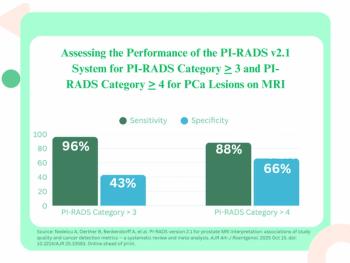
While a new meta-analysis of the PI-RADS v2.1 criteria showed 96 percent and 88 percent sensitivity rates for PI-RADS category > 3 and PI-RADS category > 4 assessments respectively, researchers noted a high risk of bias in 29 percent of the reviewed studies.
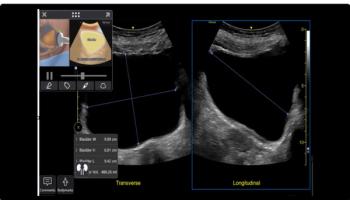
New enhancements for the Venue POCUS devices include automated labeling of anatomical landmarks with Nerveblox to facilitate 12 common peripheral nerve blocks and contrast-enhanced ultrasound geared to abdominal injury assessments.

In the second part of a recent interview, Emmanuel S. Antonarakis, M.D. discusses PSMA PET agents in current trials and cell surface proteins that may offer targeting utility in prostate cancer imaging beyond PSMA.
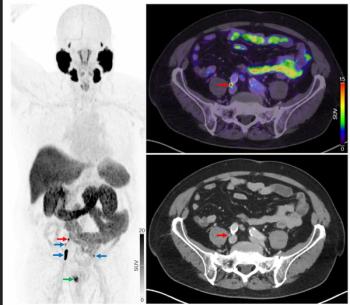
In the 160-patient study comparing 18F-PSMA 1007 PET/CT and 18F-NaF PET/CT, the use of 18F-PSMA PET/CT led to 38 patients being restaged as having more advanced prostate cancer.

Through enhanced data interoperability and access to patient histories, the cloud-based InteleHeart may facilitate better communication and workflow efficiencies for radiologists and cardiologists.
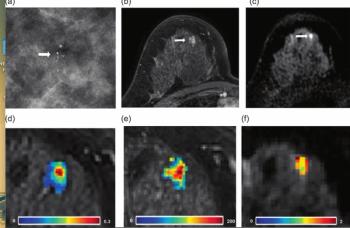
While dynamic contrast enhanced breast MRI may help reduce biopsies for suspicious calcifications on mammograms, quantitative MRI features and diffusion-weighted imaging (DWI) may not provide additional diagnostic benefit in these cases, according to a new study.
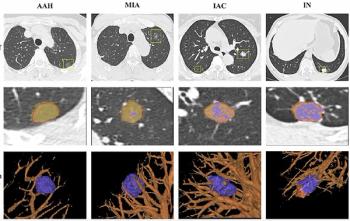
A deep learning AI platform, which incorporated radiomic features including CT attenuation metrics, demonstrated a 93.6 percent AUC for detecting invasive adenocarcinoma on chest CT.

The unforeseen impact of multiple variables has a way of wrecking any formal analysis of different compensation offers in radiology.

Catch up on the top radiology content of the past week.
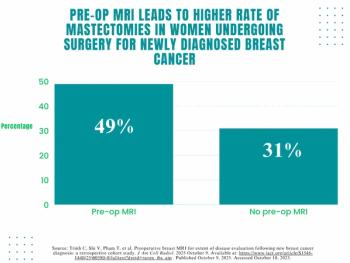
Women who had an MRI prior to undergoing surgery for newly diagnosed breast cancer were 18 percent more likely to have a mastectomy, according to newly published research.

In a recent interview, Morris Panner offered his perspective on cultural hurdles to interoperability in health care, emerging trends with enterprise imaging and an answer first approach to integrating AI in radiology.
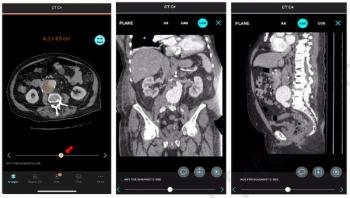
In a study involving over 500 patients, researchers noted that the CT-based AI software led to a 24 percent increase of evaluations for aortic abdominal aneurysms within six months of detection.

The AI-powered Bunkerhill MAC software reportedly facilitates chest CT detection and quantification of mitral annular calcification, which has been linked to higher cardiovascular risk and related mortality.

In a recent interview, Arthy Saravanan, M.D., discussed the recent launch of the Mammo Enhance Heart program from Radiology Partners and its potential impact in facilitating dual screening for breast cancer and cardiovascular risk.